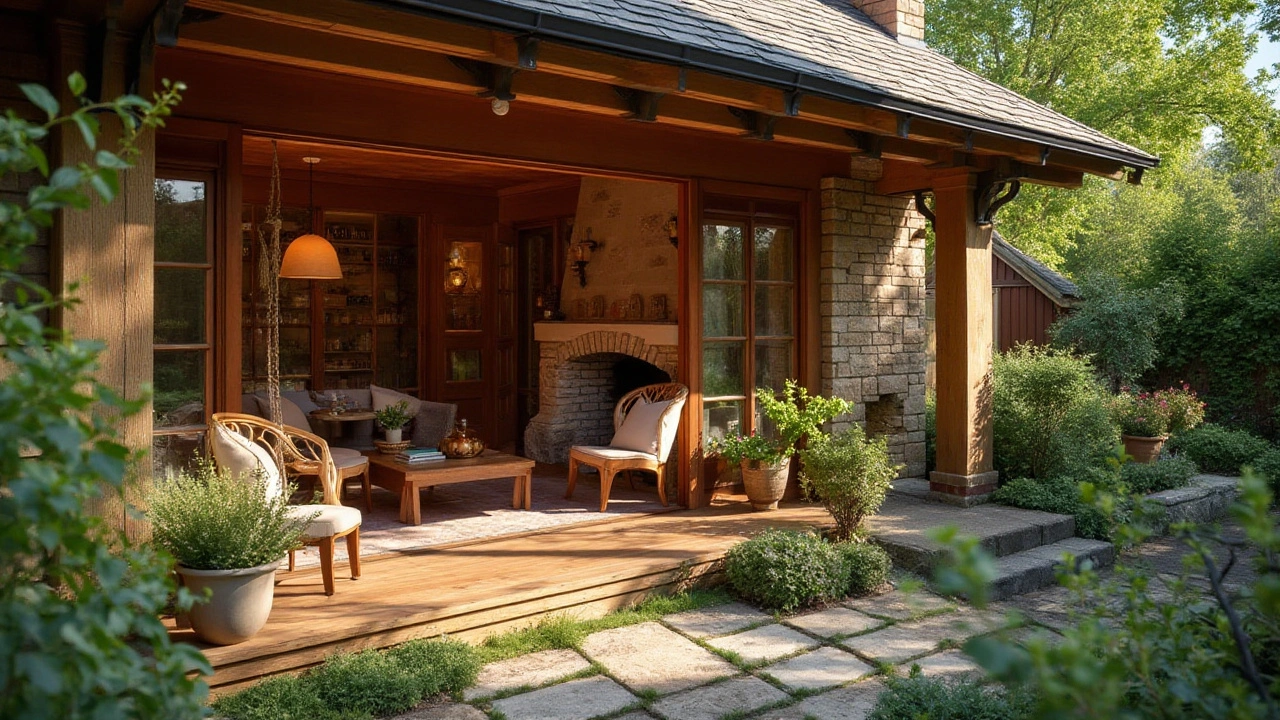American Craftsman style: a practical guide
Here’s a quick truth: Craftsman homes were built to be useful, honest, and beautiful without fuss. If you love warm wood, visible joinery, and porches that invite you to sit down, you’re already halfway to understanding the style. This page helps you spot real Craftsman features, decide what to keep, and make smart updates that don’t kill the house’s soul.
Key features to spot
Most Craftsman houses share a few clear traits. Look for low-pitched gable roofs with wide eaves and exposed rafters. Big front porches sit under those roofs, often supported by thick square or tapered columns set on stone or brick piers. Inside, expect built-in furniture—think window seats, bookcases, and sturdy dining nooks—plus simple wood trim and natural materials like oak and cedar.
Windows usually appear in groups: double-hung windows with divided upper sashes, sometimes paired with a wide picture window. Floors and trim are often stained, not painted, to show the wood grain. Hardware and lighting lean toward hand-forged or simple metalwork rather than ornate brass. The overall vibe is handcrafted and honest—details matter, but they never scream for attention.
How to update or preserve a Craftsman home
If you own one, keep changes modest. Replace damaged wood with matching species and profiles when possible. Swap modern vinyl windows only if you match the original look—maintain divided lights and wood frames, or choose high-quality replicas. When remodeling kitchens or bathrooms, favor shaker-style cabinets, stone or butcher-block counters, and fixtures with simple lines.
Lighting is a fast win: pick fixtures with mission or Arts & Crafts influence—simple shapes, dark metals, and frosted glass. Flooring should read natural: solid hardwood is ideal, or wide-plank engineered boards if you need stability. Paint choices matter too. Earth tones, warm greens, and soft creams keep the house feeling like a Craftsman instead of a generic modern home.
Don’t gut original built-ins. They’re often the strongest value point and hard to reproduce. If you need more storage or modern flow, design additions that read as secondary—set them to the rear, use compatible rooflines, and echo trim profiles.
Want to learn more or find real examples? Walk older neighborhoods built in the early 1900s, check local historic districts, or read restoration guides focused on Craftsman and Arts & Crafts movements. Small, thoughtful changes keep a Craftsman house feeling honest and comfortable—exactly what it was built for.

The American Craftsman Style: A Renaissance
The American Craftsman style is experiencing a revival in home design, characterized by its dedication to hand-crafted quality and natural materials. This resurgence highlights an appreciation for artisanal touches and cozy, functional spaces. Learn how to incorporate this timeless aesthetic into modern homes and why it's becoming popular again.
Read more